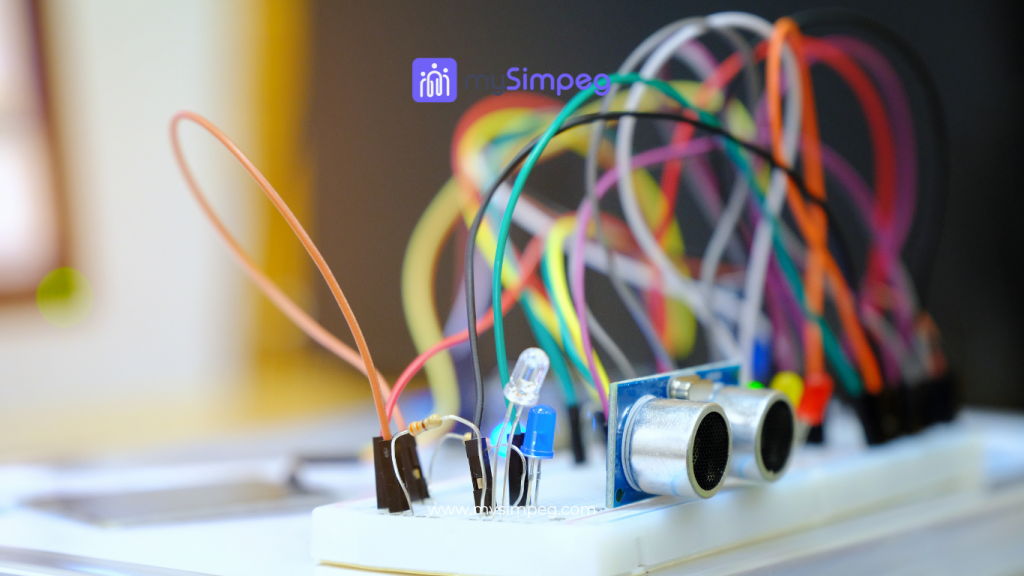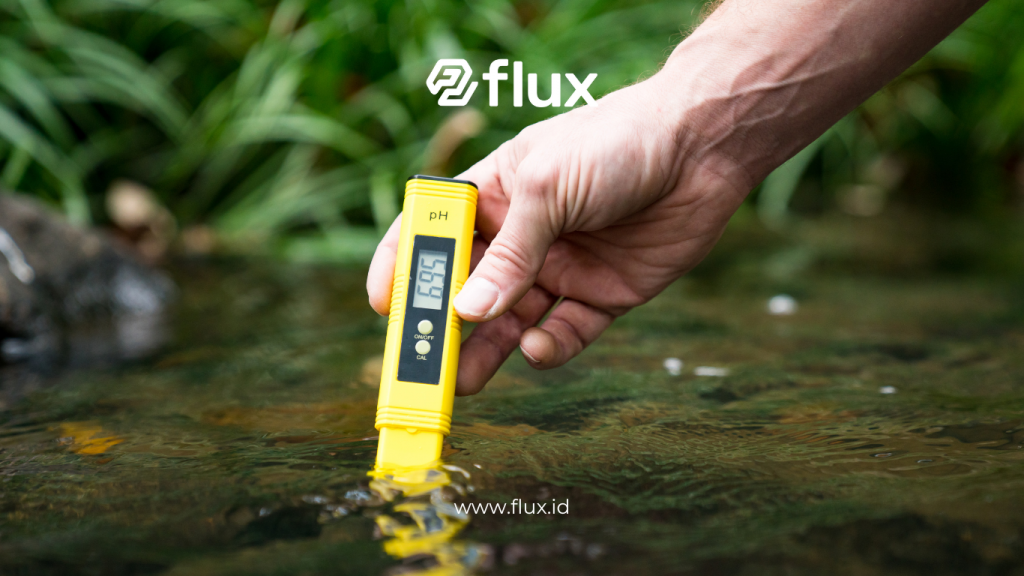Don't miss our holiday offer - 20% OFF!
In agriculture and land management, maintaining optimal soil moisture is crucial for plant growth. Drought can severely impact crop yields, plant health, and ecosystem stability. Soil moisture sensors offer advanced technology to monitor and manage soil moisture accurately. This articleDrought Detection with Soil Sensors, its working principles, and how it can effectively detect drought.
Contents
1. What Are Soil Moisture Sensors?

Read More: Central Soil Moisture Sensors: Enhancing Early Flood Detection
Soil moisture sensors measure the water content in the soil. They play a critical role in modern agriculture and environmental management by providing real-time data on soil conditions. With this information, farmers and land managers can make informed decisions about irrigation and plant care.
2. Types of Soil Moisture Sensors
Several types of soil moisture sensors are available, each with unique technologies and applications:
- Capacitive Sensors: These sensors measure changes in electrical capacitance between two electrodes buried in the soil. As soil moisture increases, so does the capacitance. Capacitive sensors offer stability and are less influenced by temperature changes.
- TDR (Time Domain Reflectometry) Sensors: These sensors calculate the time it takes for an electromagnetic signal to travel between two points in the soil. The signal’s travel time correlates directly with soil moisture content. TDR sensors are highly accurate, though they can be more costly.
- Resistive Sensors: Resistive sensors gauge changes in electrical resistance between two electrodes in the soil. Higher moisture content reduces resistance. These sensors are generally more affordable but can be affected by soil conditions and corrosion.
3. Technology Behind Soil Moisture Sensors

Read More: Optimizing Drought Monitoring: How Soil Moisture Sensors Work and Their Benefits
Soil moisture sensors employ various technologies to measure moisture precisely. Here are the key principles:
- Capacitance Principle: This technology measures electrical capacitance changes between two soil electrodes. Increased moisture raises capacitance, while decreased moisture lowers it.
- Resistance Principle: This principle measures soil electrical resistance, which varies with moisture levels. Higher moisture content lowers resistance, making measurement straightforward.
- TDR Principle: This method uses electromagnetic waves to assess soil moisture. Waves travel faster in wet soil than in dry soil. Thus, the time for waves to return to the sensor indicates moisture levels.
4. How Soil Moisture Sensors Work

Read More: Soil Moisture Sensors: Eyes Predicting Land Changes Pre-Floods
Soil moisture sensors are typically installed at specific soil depths. Once activated, the sensor measures soil moisture and transmits data to a monitoring unit or irrigation system. This data can be displayed as a percentage or other relevant values depending on the sensor type.
- Sensor Installation: Install sensors at various depths based on plant needs and soil type. Some sensors come with long cables for deeper placement.
- Measurement and Monitoring: The sensor continuously monitors soil moisture and sends real-time data to the monitoring system. Use this data to decide when and how much water to add.
- Integration with Irrigation Systems: Many sensors integrate with automatic irrigation systems. This ensures that water is applied only when needed, conserving water and maintaining optimal soil moisture.
5. Benefits of Using Soil Moisture Sensors

Read More: Smart and Sustainable: Soil Moisture Sensors
Soil moisture sensors offer several advantages:
- Water Use Efficiency: Accurate soil moisture data allows for precise irrigation, preventing water wastage. This is crucial in areas with limited water resources.
- Improved Crop Yields: Maintaining optimal soil moisture enhances plant health and crop yields. Sensors help prevent drought stress in plants.
- Better Land Management: Sensor data aids in efficient land management, including timing irrigation and selecting appropriate plant varieties.
- Early Drought Detection: Sensors enable early detection of drought conditions. Timely information allows for preventive measures before drought affects crops.
6. Applications of Soil Moisture Sensors

Read More: Soil Moisture Sensors: Enhancing Park Management Efficiency
Soil moisture sensors are versatile tools used in various fields:
- Agriculture: Farmers use sensors to monitor soil moisture and adjust irrigation. This improves efficiency and crop yields.
- Gardens and Landscaping: Gardeners and landscapers use sensors to ensure plants receive adequate moisture without wasting water.
- Environmental Research: Researchers use sensors to monitor soil conditions in different ecosystems and gather data for environmental studies.
- Natural Resource Management: Sensors provide accurate soil condition data, assisting in natural resource management.
Conclusion
Soil moisture sensors are essential for effective agriculture and environmental management. They provide accurate data on soil moisture through various technologies and principles. The key benefits include improved water use efficiency, enhanced crop yields, and early drought detection. Proper use of soil moisture sensors helps address drought-related challenges and supports healthy, productive plants.





